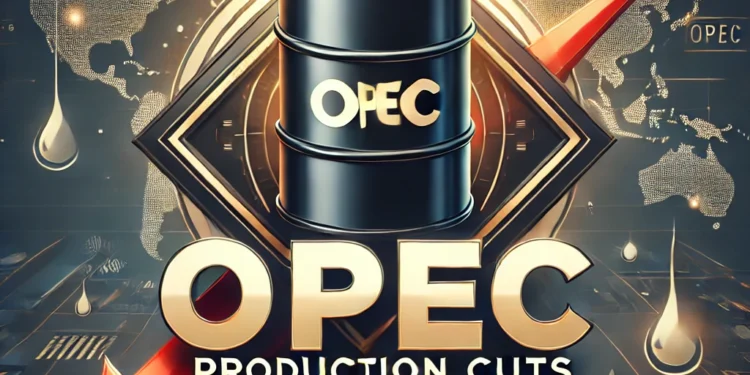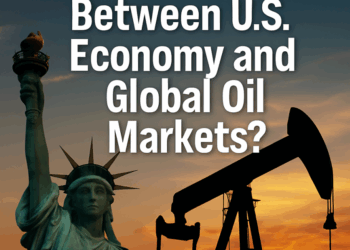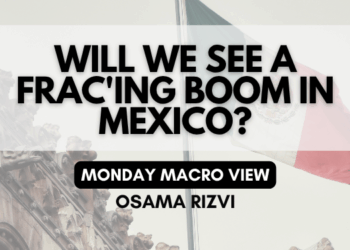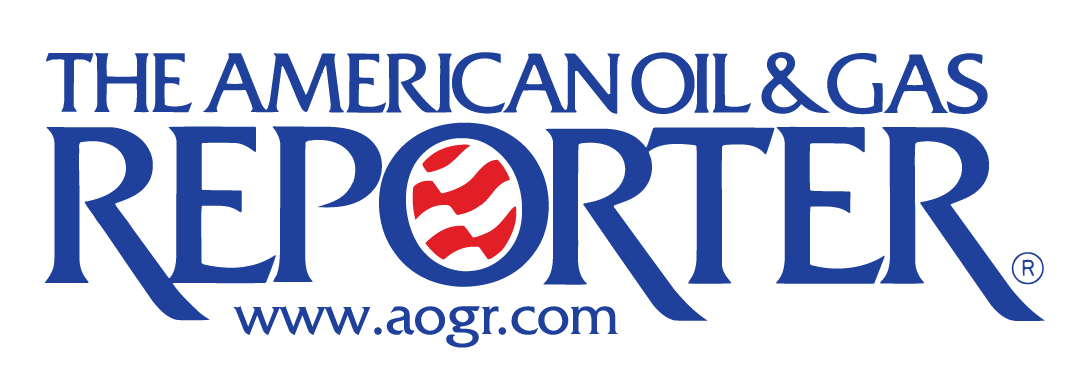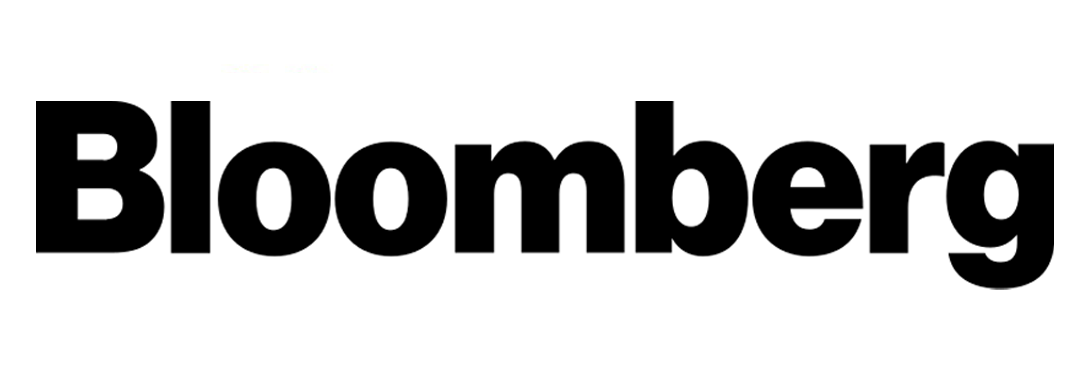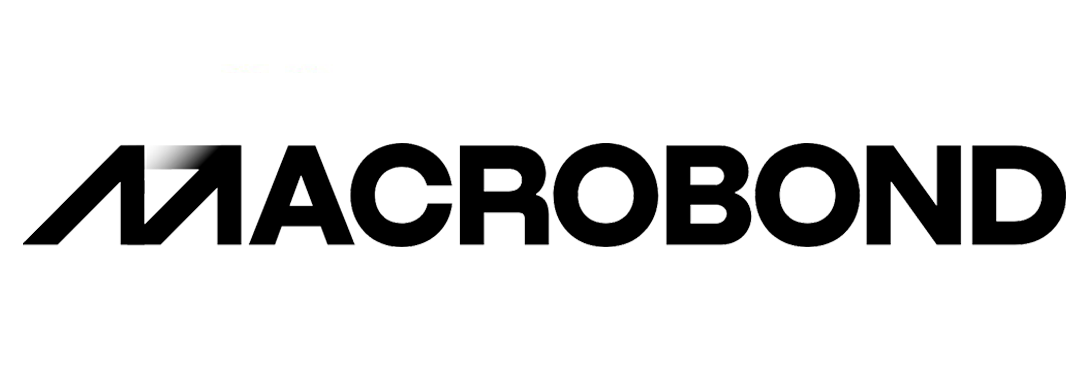If there was a movie on global oil markets the most significant storyline would be that of the OPEC+ production. Much hinges on the lever that can inject millions of barrels to an already well-supplied (read: over-supplied) market. Currently, the 23-member group, that pumps around 41% of global oil production, has extended their production cuts until the end of 2024. But the prices haven’t stabilized mostly because of two factors a) rising non-OPEC production b) slow global demand. Therefore, the billion-dollar question is how long can the cuts last?
When looking at the OPEC+’s motivation to continue their production cuts, it emanates primarily in regards to the concern of pricing. However, so far oil prices have failed to achieve that delicate balance. In their last meeting the group decided to further extend their production cuts for further 2 months I.e. by the end of the year. The total cuts of 2.2 mbpd will now start to unwind by the end of November 2024.

The oil markets have undergone some wild swings recently. In September 2024, the prices plunged to their lowest level in last 14 months owing to bearish economic data from the U.S. economy and continuing concerns of slowing Chinese demand. Afterwards, the geopolitical war risk premium was set to motion when Iran struck Israel. As a result, the oil prices jumped 5% and continued to be in the bullish mode as the traders, analysts and policy-makers anticipated a retaliatory strike by Israel on Iranian key oil infrastructure. However, the recent strikes by Israel fizzled out the risk premium and prices dropped 6%.

Now returning to the question. The first and foremost step is to investigate the financial health of the OPEC+ members. For instance, Saudi Arabia needs a $100 oil price for its fiscal break-even (IMF forecasts a $96 for 2024).

Source: Bloomberg
The oil prices at the time of writing are almost 35% less than this target. The country has also started its attention towards the debt markets in order to finance its Vision 2030. Saudi Arabia launched $50 billion in bonds this year with expectation of more near the year end. Total debt has increased from $180 bn in 2019 to $308.7 in 2024. Other estimates highlight that funding for Neom dropped 20% in the current year while the progress on raising $100 bn by 2030 is slow given that they only managed to get $2.5bn in the first quarter.

To understand it better I spoke with Mr. Ali Al-Riyami, Consultant and former Director General of Oil and Gas marketing at the Ministry of Energy and Minerals at Sultanate of Oman. With decades of experience and being part of many OPEC meetings in person his thoughts were very insightful. “I acknowledge that there is an issue in terms of slow economic growth which is something that will not support the notion of extra barrels coming into the markets. This is the dilemma that OPEC+ encounters.” When asked what are some of the options at OPEC+’s disposal for future he further added “unfortunately given the rise in production with non-OPEC countries along-with the dilemma discussed above, it provides no other option to OPEC+ except to extend the voluntary cuts for 3 to 6 months.”
But the question is how long can this go on until the cuts start to considerably impact the national budgets of OPEC+ producers to an extent that it becomes an issue.
World Bank’s latest Commodity Outlook report highlights that commodity prices will remain bearish in 2025 and 2026 with oil supply exceeding demand by 1.2 mbpd – which only happened twice in 1998 and 2020. As such the efforts of price stability by OPEC+ might further face headwinds. If the non-OPEC supply continues to rise and oil demand remains sluggish, then the OPEC+ members might find it mandatory to finally start reclaiming their market share. However, when I asked the same question to Mr Al Riyami, he said, “a market share war – well this is something I believe is not priority at this moment for OPEC producers. The main concern is how to improve the price as it pertains to their own growth and budgets. It is important to note that in majority of the countries, on average, more than 60% of income is generated because of oil so price is very important…it should be more than 70…less than that we are getting into a big deficit in our budgets.”

Source: Commodities Outlook 2024, World Bank
He further adds that “I don’t think KSA has any issue of getting their oil into European and Asian markets. So it shows to me that market share isn’t the big issue at the moment but the issue is about right price for right markets. We have been here before and we don’t want to repeat that again. I see further compliance in OPEC+. There has been some conformity issues but things are getting better.”

